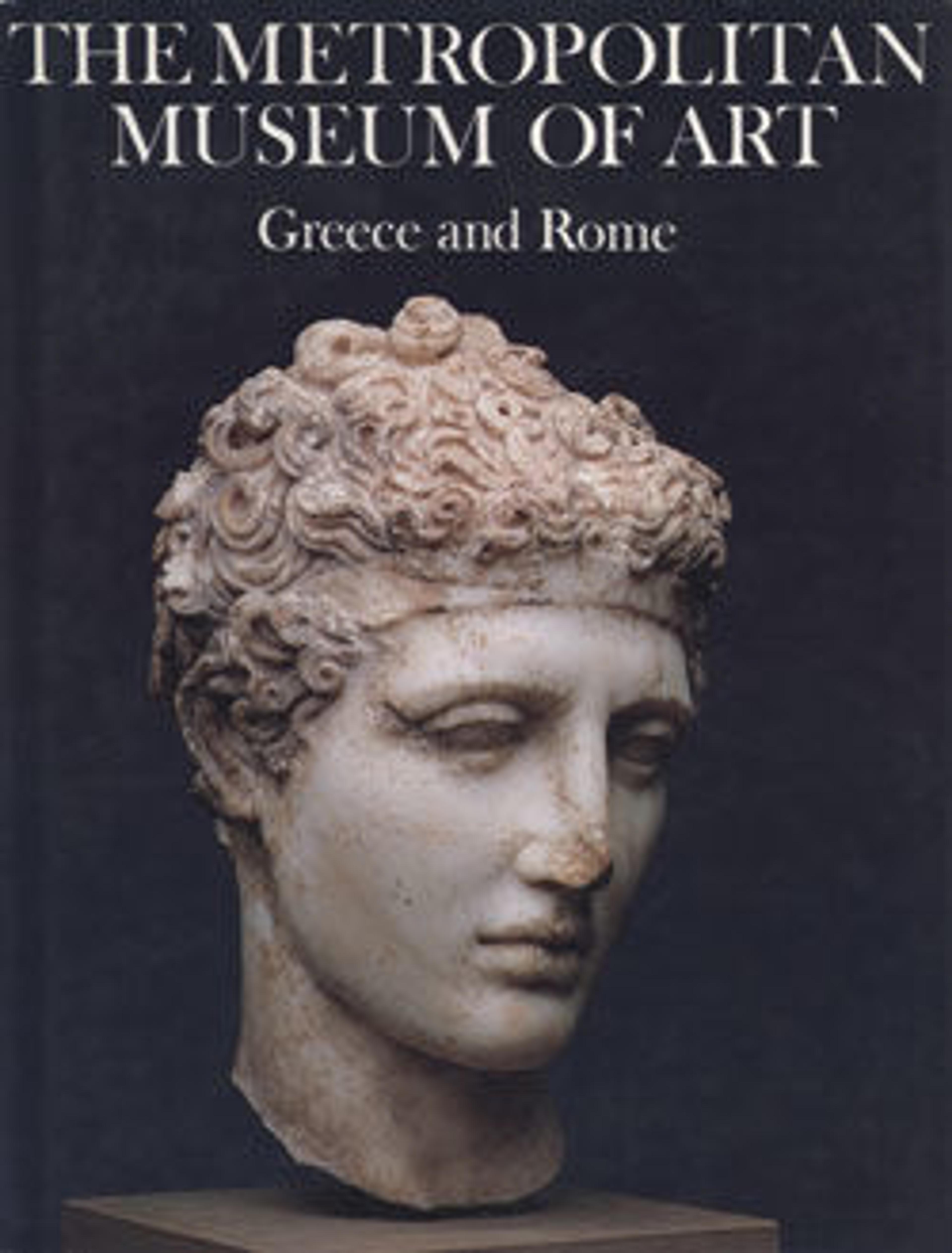Marble sarcophagus with garlands and the myth of Theseus and Ariadne
On the lid, shown in delicate low relief, winged erotes drive chariots drawn by animals associated with the four seasons: bears with spring, lions with summer, bulls with fall, and boars with winter. On the front, four erotes bear seasonal garlands composed of flowers, wheat, grapes, pomegranates, and laurel. Between the swags are three episodes from the myth of the Greek hero Theseus. With the help of the Cretan princess Ariadne, Theseus slew the Minotaur, a part-bull and part-human monster who was caged in a labyrinth, where he consumed Athenian boys and girls sent as annual tribute. Depicted from left to right are: Ariadne giving a thread to Theseus at the entrance to the labyrinth, Theseus slaying the Minotaur, and the sleeping Ariadne abandoned on the island of Naxos, where she will be awakened by the god Dionysos to become his immortal bride.
Artwork Details
- Title:Marble sarcophagus with garlands and the myth of Theseus and Ariadne
- Period:Hadrianic or early Antonine
- Date:ca. 130–150 CE
- Culture:Roman
- Medium:Marble, Luni and Pentelic
- Dimensions:31 in. × 85 3/4 in. × 28 in. (78.7 × 217.8 × 71.1 cm)
- Classification:Stone Sculpture
- Credit Line:Purchase by subscription, 1890
- Object Number:90.12a, b
- Curatorial Department: Greek and Roman Art
Audio
1246. Marble sarcophagus with garlands and the myth of Theseus and Ariadne, Part 1
0:00
0:00
We're sorry, the transcript for this audio track is not available at this time. Please email info@metmuseum.org to request a transcript for this track.
Listen to more about this artwork
More Artwork
Research Resources
The Met provides unparalleled resources for research and welcomes an international community of students and scholars. The Met's Open Access API is where creators and researchers can connect to the The Met collection. Open Access data and public domain images are available for unrestricted commercial and noncommercial use without permission or fee.
To request images under copyright and other restrictions, please use this Image Request form.
Feedback
We continue to research and examine historical and cultural context for objects in The Met collection. If you have comments or questions about this object record, please contact us using the form below. The Museum looks forward to receiving your comments.
